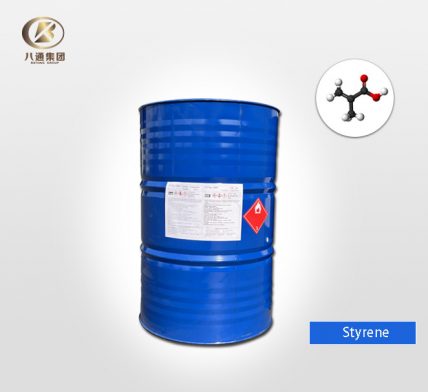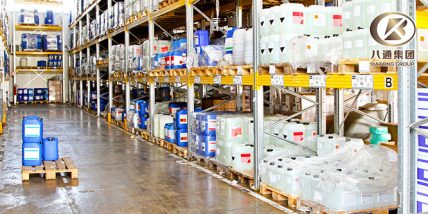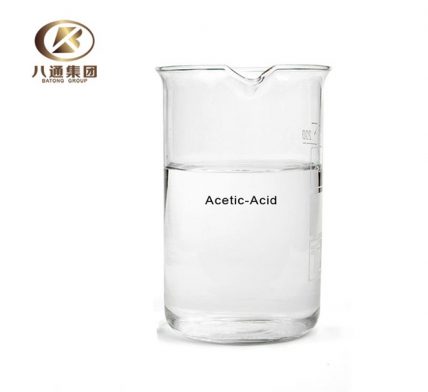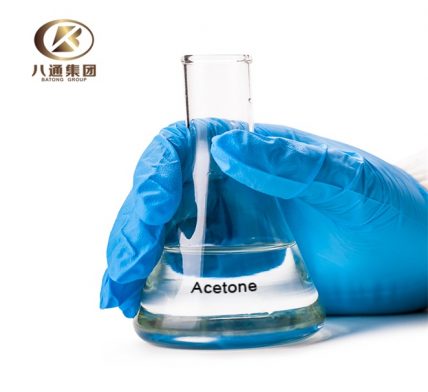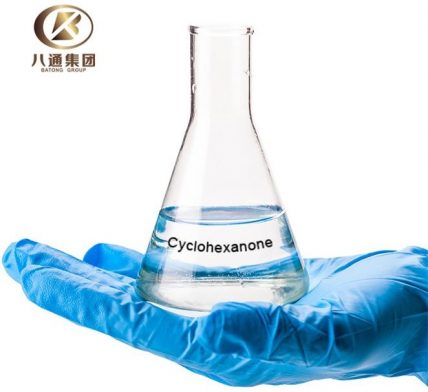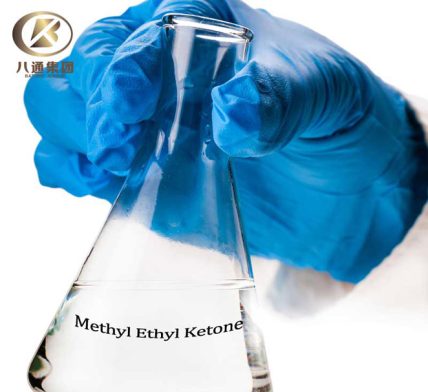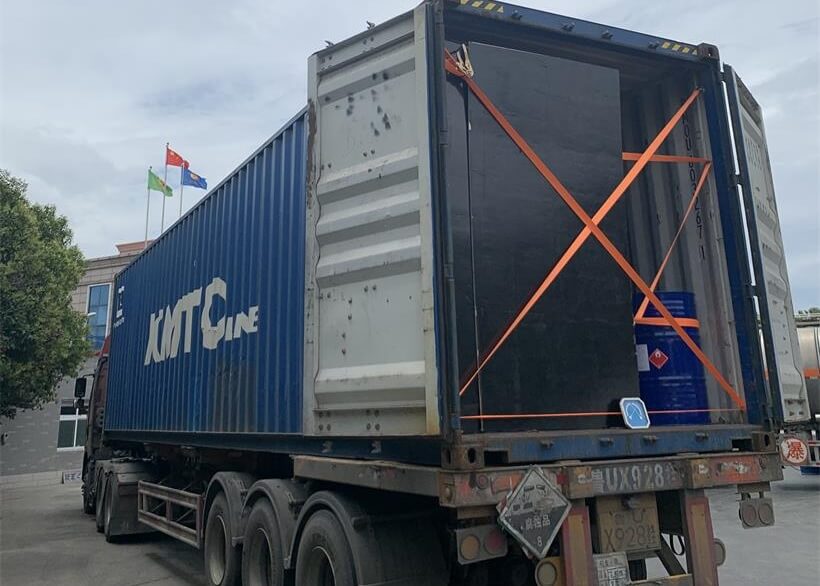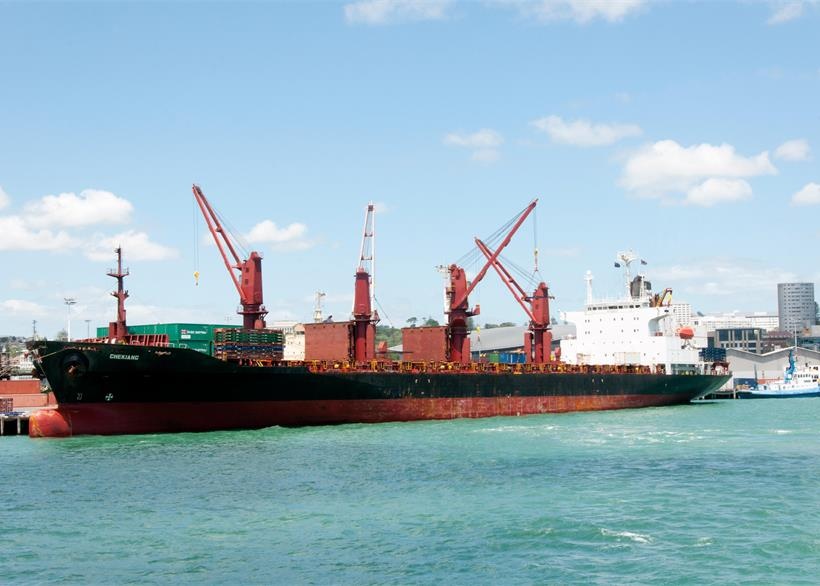Amidst the ever-changing global economic landscape, the crude oil market, as a crucial cornerstone of economic development, not only impacts the energy industry but also directly influences the production costs and market conditions of downstream chemical products such as toluene, xylene, butanone, acetone, styrene, benzene, and phenol. This week (August 12-18, 2025), the crude oil market will face the intertwined influence of numerous key factors. Dynamics in supply, demand, geopolitics, and macroeconomic policies will all introduce new variables to oil price trends, with implications for the entire chemical industry chain.
On August 3rd, OPEC+ made a significant decision, announcing a September production increase of 548,000 barrels per day (bpd), ending the 2.2 million bpd production cut agreement a year early. This move undoubtedly had a profound impact on the global crude oil supply landscape. Although core members such as Saudi Arabia and Russia demonstrated strong compliance with their production increase plans in August, resulting in an orderly and on-target increase in production, market concerns about oversupply have not been dispelled. Currently, global crude oil inventories are relatively low, while refinery processing rates remain high. US refinery utilization rates have reached 86.5%, indicating that the supply of refinery by-products such as toluene and xylene will also remain ample. This high-low situation may partially offset the impact of increased supply on the market in the short term. However, if OPEC+'s production increases exceed market expectations, the crude oil oversupply situation will be further exacerbated, exerting strong downward pressure on oil prices.

Taking various factors into account, Brent crude oil prices are expected to fluctuate between $67 and $72 per barrel this week, while WTI crude oil prices are expected to fluctuate between $64 and $69 per barrel. If geopolitical conflicts suddenly escalate or inventory data shows a significant reduction, oil prices are expected to rise to $75 per barrel, driving up the prices of chemicals such as toluene and styrene. Conversely, if OPEC+'s production increase implementation exceeds expectations or demand data shows weakness, oil prices may fall to $65 per barrel, and the prices of products such as butanone and acetone will also decline accordingly.


